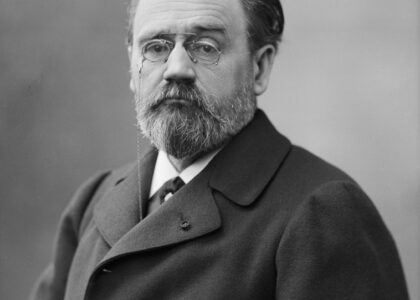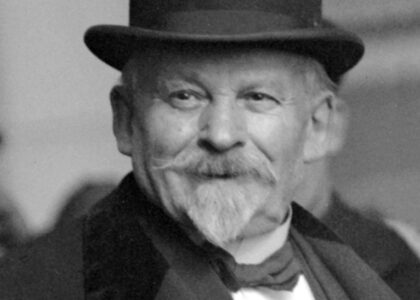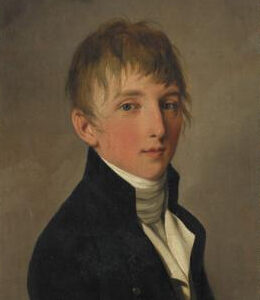Welcome to the Jacksonville Historic District in Illinois, a place where history echoes through its streets and buildings. Founded in the early 19th century, Jacksonville was established as the county seat of Morgan County in 1825, following the signing of treaties with Native American tribes that allowed settlers to move into central Illinois. The town’s name pays homage to Andrew Jackson, a hero of the War of 1812, though local lore suggests a playful nod to an African-American boy named A.W. Jackson, who was among the early residents.
Jacksonville quickly became a hub of education and reform. In 1830, Illinois College was founded here, marking it as one of the first colleges in the state. It played a significant role in the abolitionist movement, and its campus served as a stop on the Underground Railroad, assisting runaway slaves seeking freedom in the North.
The town’s streets have been walked by influential figures such as Stephen A. Douglas and Abraham Lincoln, both of whom visited Jacksonville during their political campaigns. Lincoln, in particular, held debates and gave speeches here, connecting with the local populace.
During the Civil War, Jacksonville’s residents were active participants, with many men enlisting in the Union Army. The town’s women organized to provide supplies and support to soldiers, showcasing a community united in a time of national strife.
As the years passed, Jacksonville evolved, embracing its rich heritage while moving forward. The historic district today stands as a testament to the town’s enduring spirit, with well-preserved architecture and vibrant stories that continue to attract history enthusiasts.
Join us as we delve into the fascinating past of the Jacksonville Historic District, uncovering tales of courage, innovation, and community spirit that have shaped this remarkable place.






